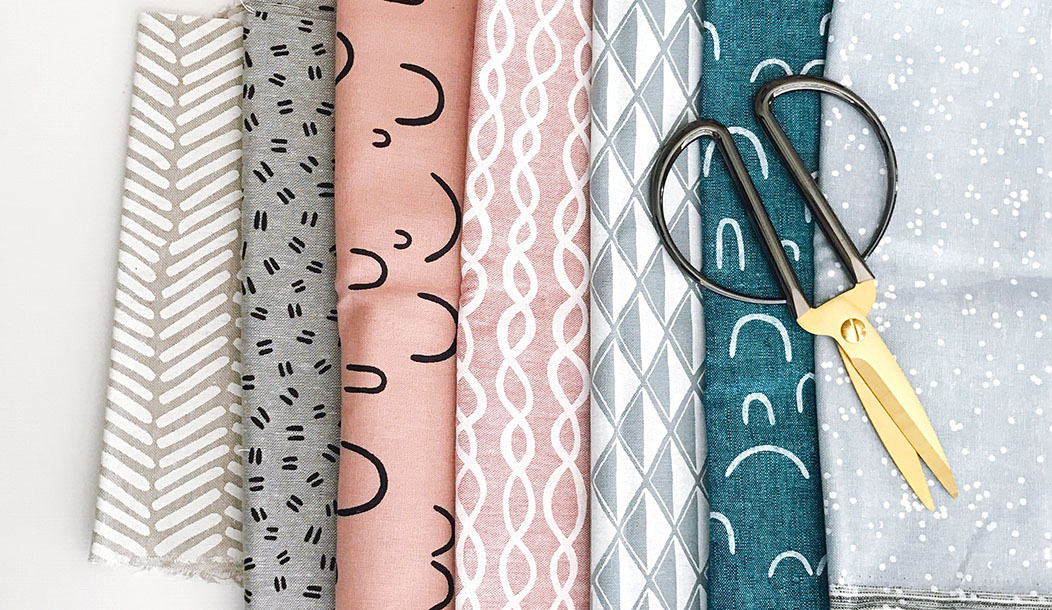
One of the most common questions I get as a retail consultant is, “Where should I produce my product?” As a fashion business owner you want the lowest cost while meeting the quality expectations your customer seeks.
Often times the thought of making product on the opposite side of the world can be intimidating. Shipping, customs, communication barriers, etc. can be a lot to figure out.
Producing product in the US can be much less complicated and gives you the ability to be hands-on with production. You will however have to factor this cost of convenience into your product since the cost of manufacturing in the US is significantly more.
There are many things to consider when deciding where to produce your product. I have broken it down for you into 3 main deciding factors.
Cost
The cost of your product drives every decision you make. It’s the foundation of your profit structure and can make or break the sustainability of your business.
Producing apparel overseas can be cheaper than in the US mainly because the cost of labor is lower.
But there are other cost factors to consider outside of the product cost itself. During product development, shipping samples and approvals back and forth from China can get costly quickly. International freight shipping, insurance, and duty rates will also need to be factored into your product cost.
I always suggest to those just starting overseas to buy product using LDP (Landed Duty Paid) or DDP (Delivered Duty Paid) pricing instead of FOB (Freight on Board). LDP and DDP includes all of these extra costs and gets the product from the factory to your doorstep without the hassle of trying to figure it out all on your own.
While shipping and logistics can seem daunting and expensive internationally, I have found that producing in the US also has its share of extra costs.
In my experience, there are additional costs during product development. You are charged per prototype sample, patterns and pattern adjustments, as well as grading, all before you even get started producing. International factories include all of these costs into the unit cost of the item.
MOQ (Minimum Order Quantity)
Another large factor in determining the sustained success of your brand is the amount of inventory you purchase. Starting out with less units and testing the market to grow your customer base is always smart. It minimizes your risk and up-front investment so you can focus those dollars elsewhere.
MOQs vary overseas, but usually range from 800-1,000 units per style. There are also minimums for fabrics which are generally 1,000 yards. You can locate suppliers and manufacturers overseas that will produce product below these thresholds but upcharges that will be incurred will minimize your margin which is why you are manufacturing there in the first place.
Making product in the US is perfect for small batch production with low MOQs. Producing less units gives you the ability to test what your customer wants before scaling into higher quantities.
It’s ideal for launching a new business with minimized risk. Keep in mind that the lower the quantity the higher the price. I guide clients to request pricing for different quantities with domestic manufacturers. Gauging the production cost between 20, 50, and 100 units will give you the ability to make a strategic decision and salvage as much margin as possible.
Lead Time
Launching a brand and staying in-stock in all sizes and colors is important for creating a loyal customer base. The last thing you’d want is to lose a sale and disappoint a customer when you are just getting off the ground.
Editor’s (Nicole’s) Note: There is an argument to be made here for the idea of “you want what you can’t have.” I’ve seen brands who’ve sold out keep a waiting list, with a high conversion once re-stocked. It’s a strategic decision in order to not be stuck with stock, and has actually worked in their favor when it comes to creating a loyal customer base.
On average lead time for overseas production is 90-120 days from when the final order is confirmed with the factory. This includes time for ordering materials, production and shipping to the US.
I always tell my clients to add in extra time in their calendars for unforeseen delays that may be out of your control like hurricanes, port strikes and custom delays. International holidays also need to be factored into timelines. Chinese New Year, for example, always effects production times since workers are generally gone for a month or more. Be sure to inquire about holiday schedules before confirming production.
Lead times for producing in the US are shorter. You don’t have to factor in the time it will take to get product shipped and through customs. Generally, these lead times are 60-90 days.
This offers you the ability to react to sales trends in your business and reorder into best-selling styles. If you are ordering back into an existing style be sure to ask for a shorter lead time. If a factory has produced a product before, they should be able to produce it more quickly the second time around.
Regardless of where your production is, having an inventory plan in place is extremely important. Planning product launch quantities with forecasted sales trends and reorder dates will keep you on track for staying in stock and help to avoid disappointing your customers.
There are no concrete answers for which path to choose.
Building out each production scenario and considering these factors is the best way for making this decision. As your business grows and changes, where you produce may change as well.
Stay in tune with what your customers want from your brand as this will always lead you in the right direction, regardless of the initial path you may choose.



Wings2fashion
This is a really good post. Must admit that you are amongst the best bloggers I have read. Thanks for posting this informative article.
Casey Cline
Thank you and we’re glad you enjoyed this one!
Annette
We are just starting out. I mean from scratch, trying to start a men clothing line. We have NOTHING yet, as far as products. We would like to hurry with production by the fall or late winter but, we don’t think that’s going to happened. Your webpage have plenty of quality information that we wouldn’t have thought of had we not gone to your site. We will be purchasing the literature you suggested, once we get more funds, as well as taking heed to your business advice. We signed up to become a member. We need lots of help. We are in our twenties too young to quit. Oh we do have someone that has background in sewing and working with fabrics. We have sewing machines, serger, printer, heat presser plus accessories and supplies. We made our own sample and pattern (two garment pieces). That was time consuming and stressful because we work a full time job.
Casey Cline
It sounds like you’re off to a great start and we hope you continue to find our blog posts helpful as you get further along on your journey.